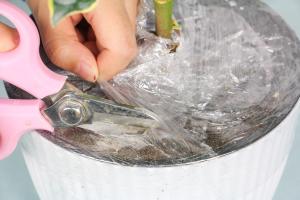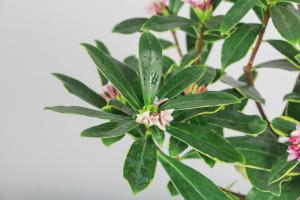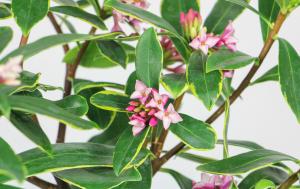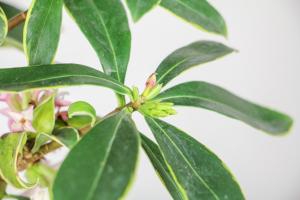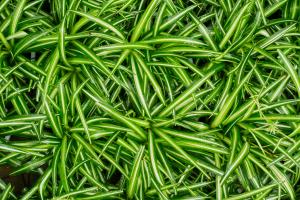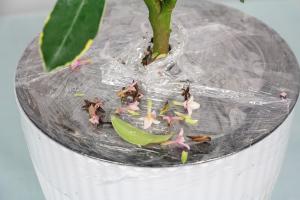1. Soil: the substrate selected for its cultivation can be a little fluffy. As we commonly use, we can use the soil we usually see to add some nutrient rotten leaf soil and more detailed sand. It is also appropriate to add some small stones at the bottom to help the excess water flow out

2. Watering: it doesn't like too much water. Basically, it can be watered every 7 to 10 days to keep the basin moist. If the temperature is low in winter, make-up water can be reduced, and make-up water can be added when the soil is dry. In midsummer, you need to spray more water around it and on the ground, which can add water to the leaves

3. Light: it's best to put it in the living room for maintenance, and you can see the light under certain conditions. But in summer, you can put it behind the curtain to block the sun to avoid sunburn. Its suitable growth temperature is between 20 and 30 degrees

4. Fertilization: it is a plant that doesn't like fertilizer very much, so it can be diluted with water every 20 days when it is growing vigorously. When the weather is cold, there is no need to apply fertilizer, because the plants grow very slowly and cannot absorb fertilizer. It usually blooms in summer, so it can be fertilized before flowering

 jackfruit
jackfruit snake plant
snake plant hibiscus
hibiscus hydrangea
hydrangea lavender
lavender Green roses climb al...
Green roses climb al... If you don't pay att...
If you don't pay att... Management of four g...
Management of four g...